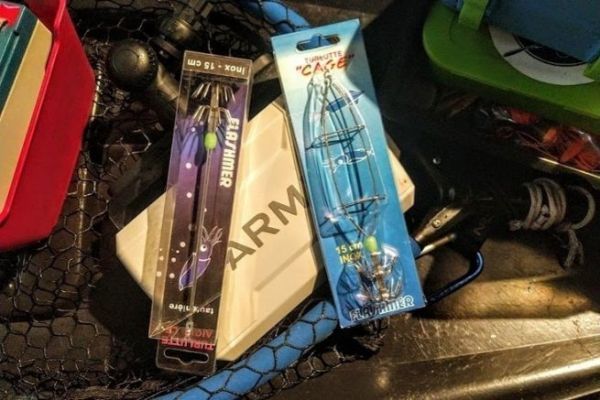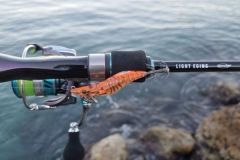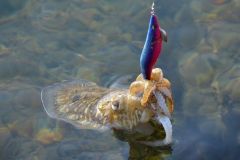Emphasize the olfactory aspect
If, at the moment, weather conditions are rather mild, with no strong gales or heavy precipitation, this will not be the case throughout the winter. At times, the waters will become turbid again, and visibility reduced... This is when the olfactory aspect will be decisive in the search for our playmates.
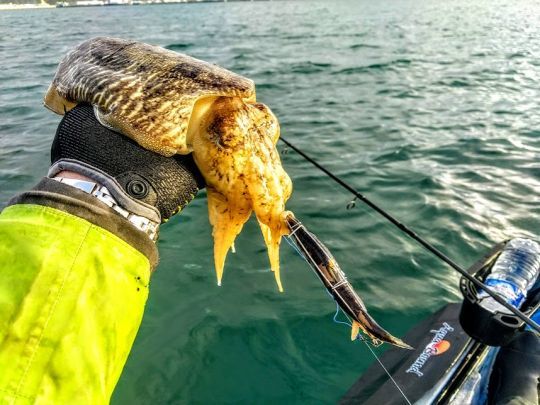
Of course there's the alternative of impregnating classic fabric jigs with attractant, but many people don't like these products for various reasons. Natural baits are the obvious solution. The use of sardines, fish fillets such as mackerel or pout, or even cuttlefish spawn are all useful in these techniques.
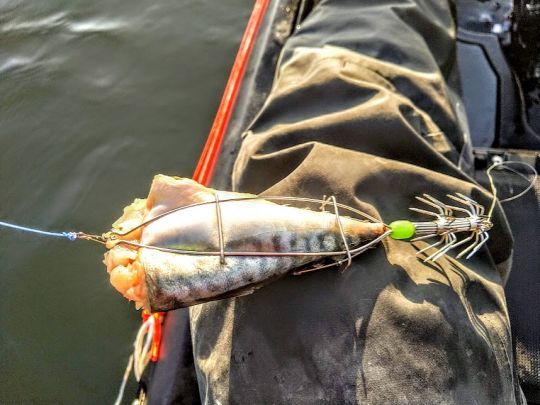
Cage or needle jigs for squid?
To present them correctly, you'll find on the market what are known as cage jigs, or needles, very easy to use and formidable in fishing.
The cage jig the bait cage, as its name suggests, traps the bait, opening in two to hold the bait and closing on top of it. On most models, you'll find a fastener under the cage, so you can add a sinker depending on the bottom, or even a flashlight. This method is widely used to find Mediterranean red squid. In Brittany, it's mainly used on white squid, but personally, I use it when the water is murky and I have sardines or mackerel.
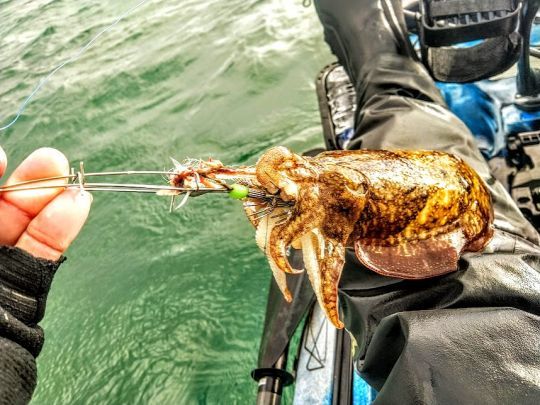
Needles or needle jigs are stainless steel rods onto which the bait is threaded. A sturdy basket is located under the needle. They are often leaded and feature phosphorescent beads. They also have a ring for an additional lead. Be careful when handling these "jigs", as the prickly baskets are formidable (personal experience).

In addition to their obvious effectiveness, I see a big advantage in using these accessories: their low cost, compared with fabric or plastic jigs, which are becoming more and more technical in their manufacture, but more and more expensive. With these simple jigs, cephalopod fishing is within everyone's reach.
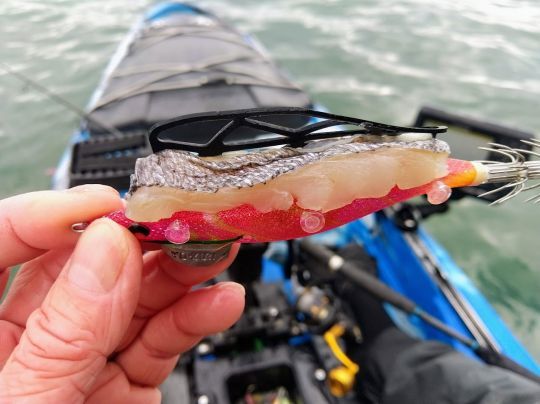
Mixed jig
A final alternative is the mixed jig, which I mentioned in a previous article, yo-Zuri's Sushi Q . This jig looks like a classic jig, but we've added a silicone "net" under which we place a floret of fish back: sardine, mackerel, horse mackerel, pout... Tataki-mounted with an ultra-floating calmero on top, it's formidably effective.
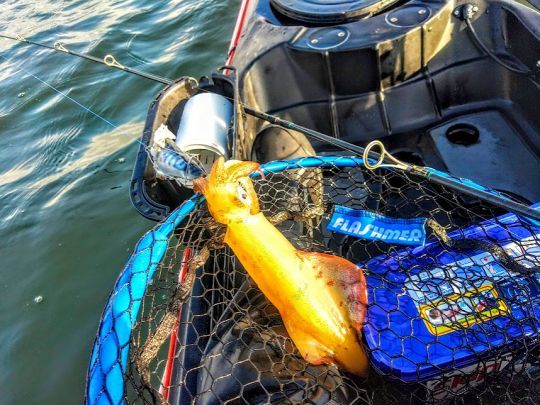
In conclusion, with the exception of the last one, these cage or needle jigs are formidable in turbid waters or when fishing at night or at great depths, and they're very inexpensive. Be careful when using them in kayaks: as mentioned above, they sting well.

 /
/ 